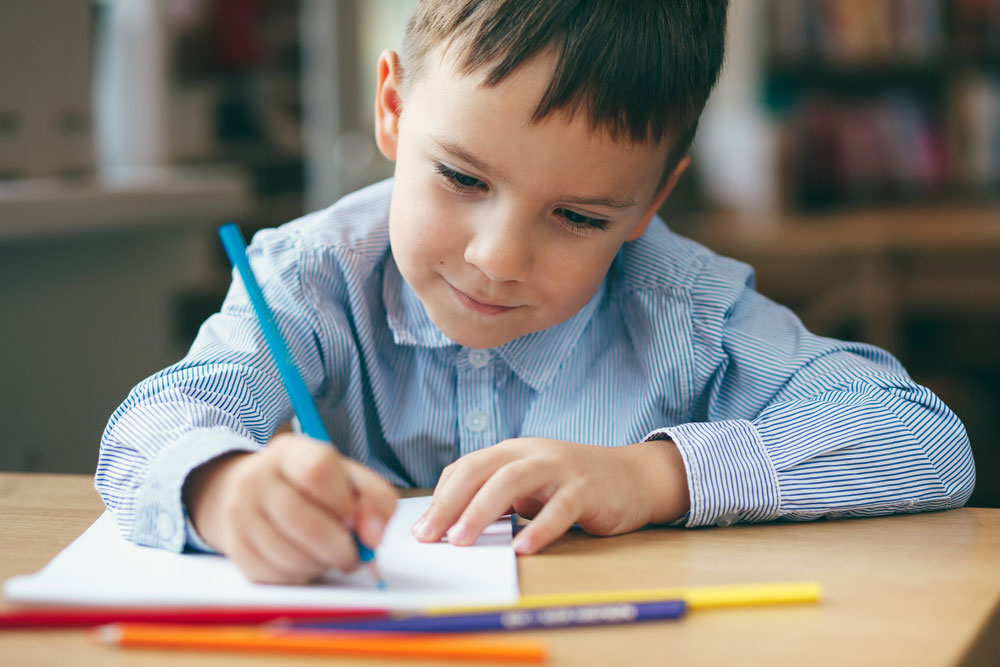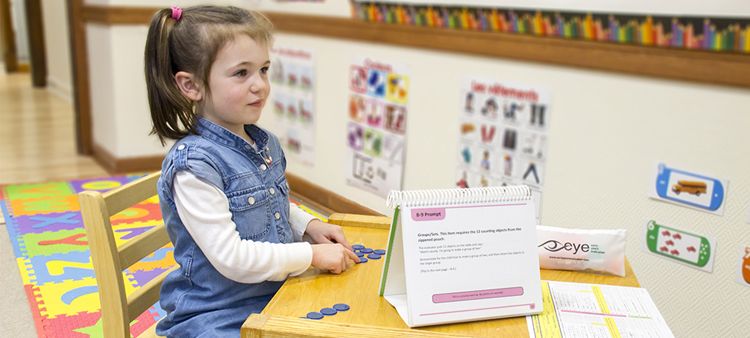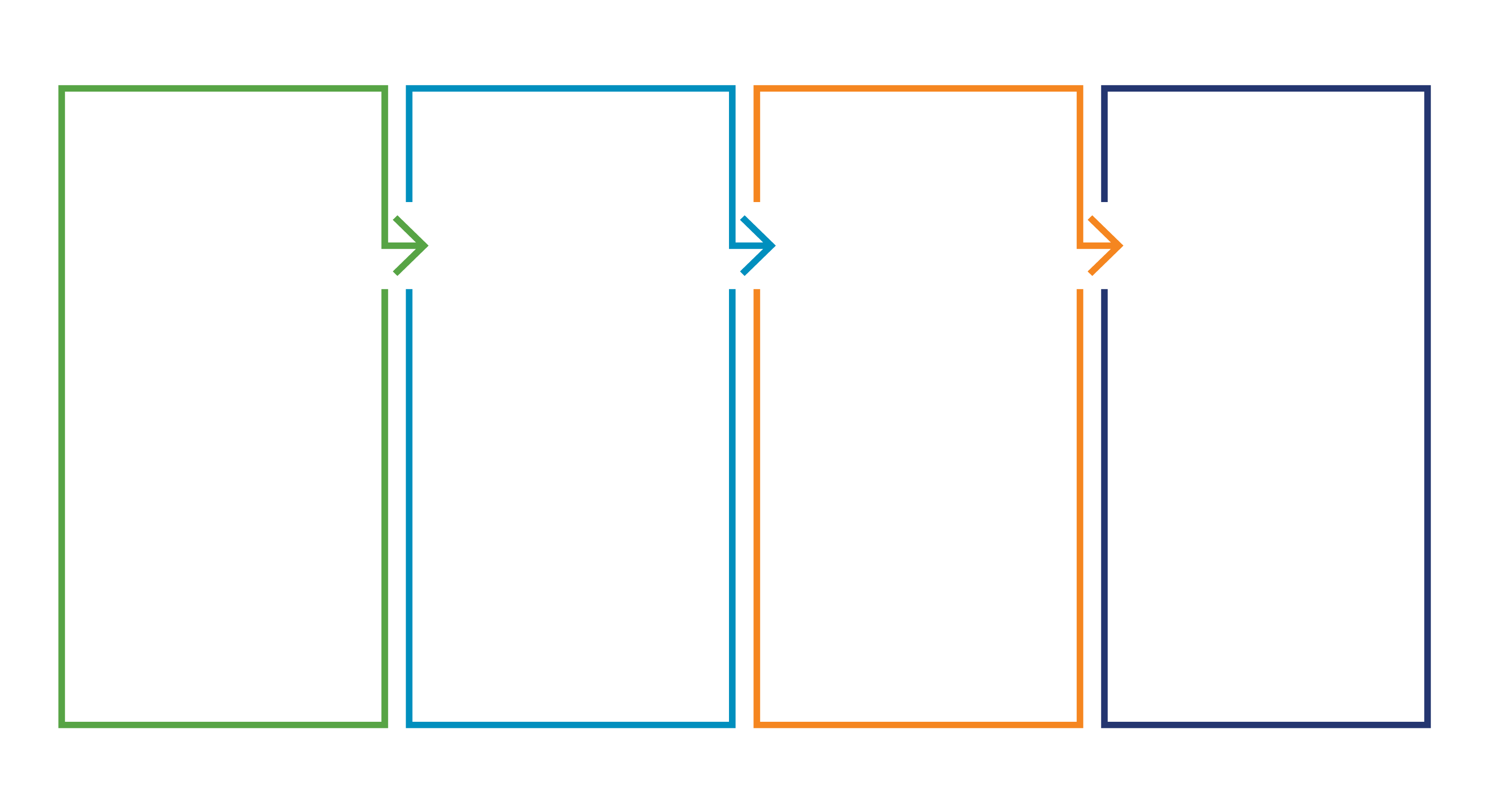
Learning to read is the critical challenge of the primary grades (K-3). In Canada, the US and Australia about 25% of children encounter significant difficulty learning to read. When these children reach the fourth grade, they do not read fluently enough to grasp what is being taught. These children often lag behind in academic and social development, both during and beyond the school years. Our Early Years Evaluation (EYE) tools assess the skills of children ages 3 – 6 years and provide educators with the data they need to put targeted classroom instruction, and appropriate intervention in place as children prepare for kindergarten.
The EYE is used by governments, school districts, individual schools and early childhood education centres around the world to support young learners and reduce long-term literacy failure.
Hear what educators are saying about using the Early Years Evaluation.
The EYE consists of two complementary components:

Kindergarten Readiness
Early Years Evaluation – Direct Assessment
(EYE-DA)
An individual play-based assessment to measure a child’s developmental needs, and pre-literacy skills.
Educational Planning and Design
Early Years Evaluation – Teacher Assessment
(EYE-TA)
A systematic framework to structure informal classroom observations in order to target instruction specific to each child’s learning needs.





